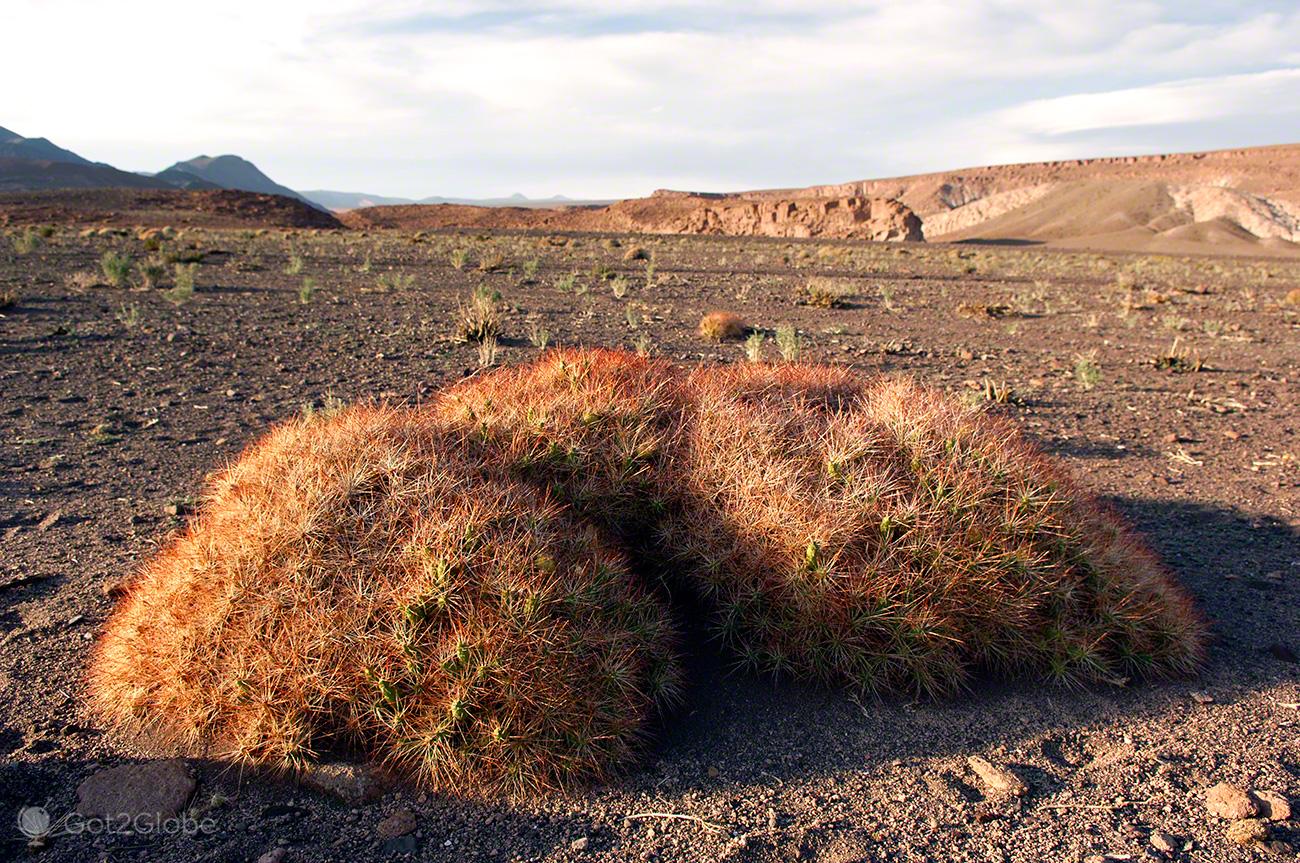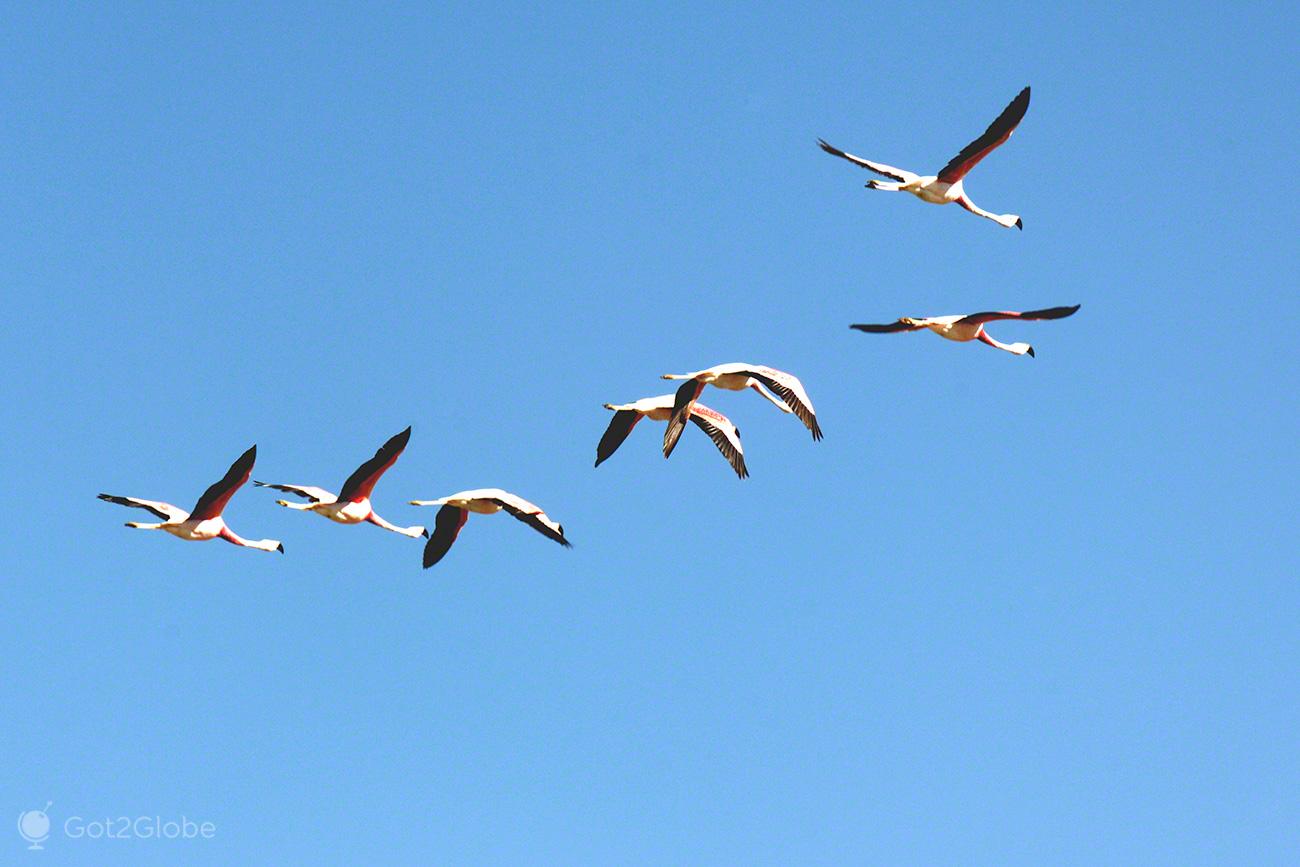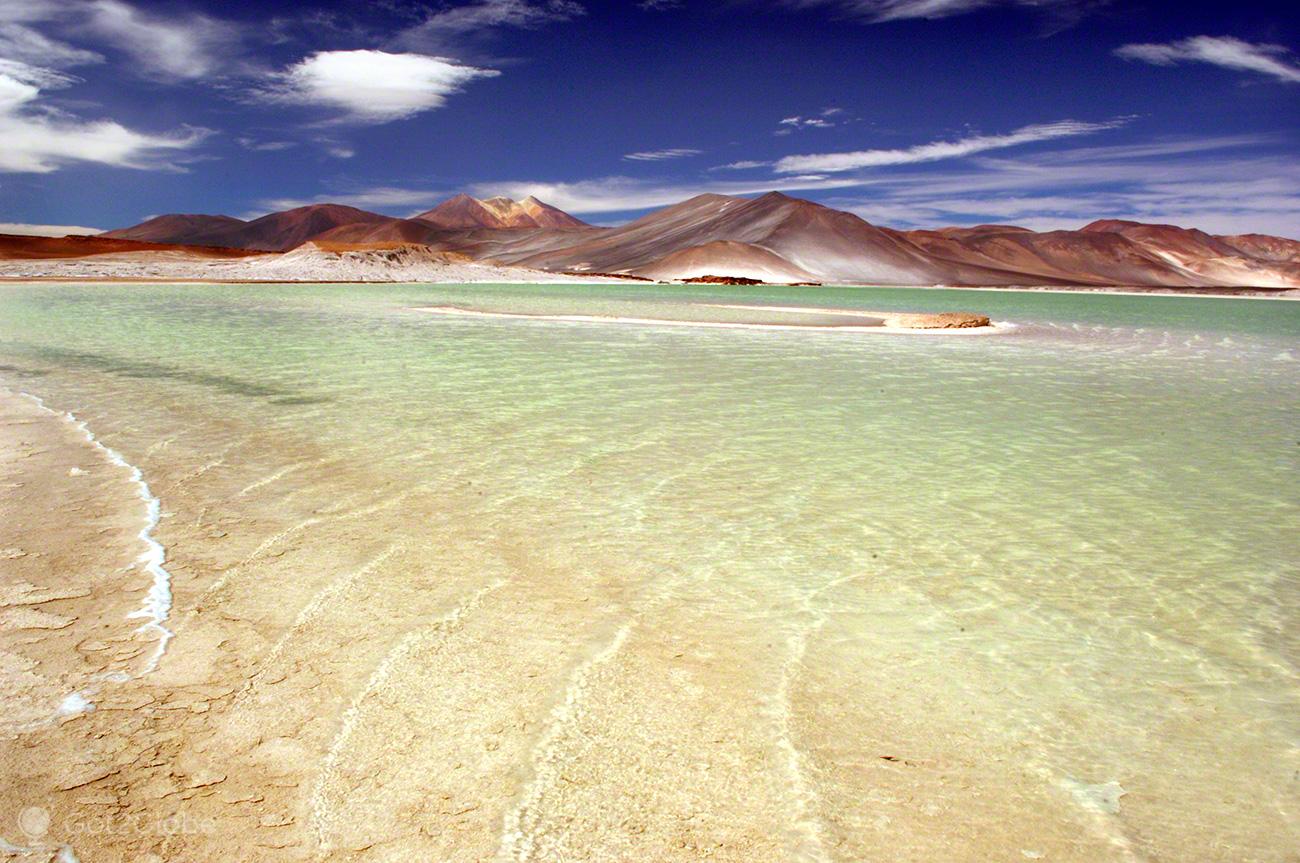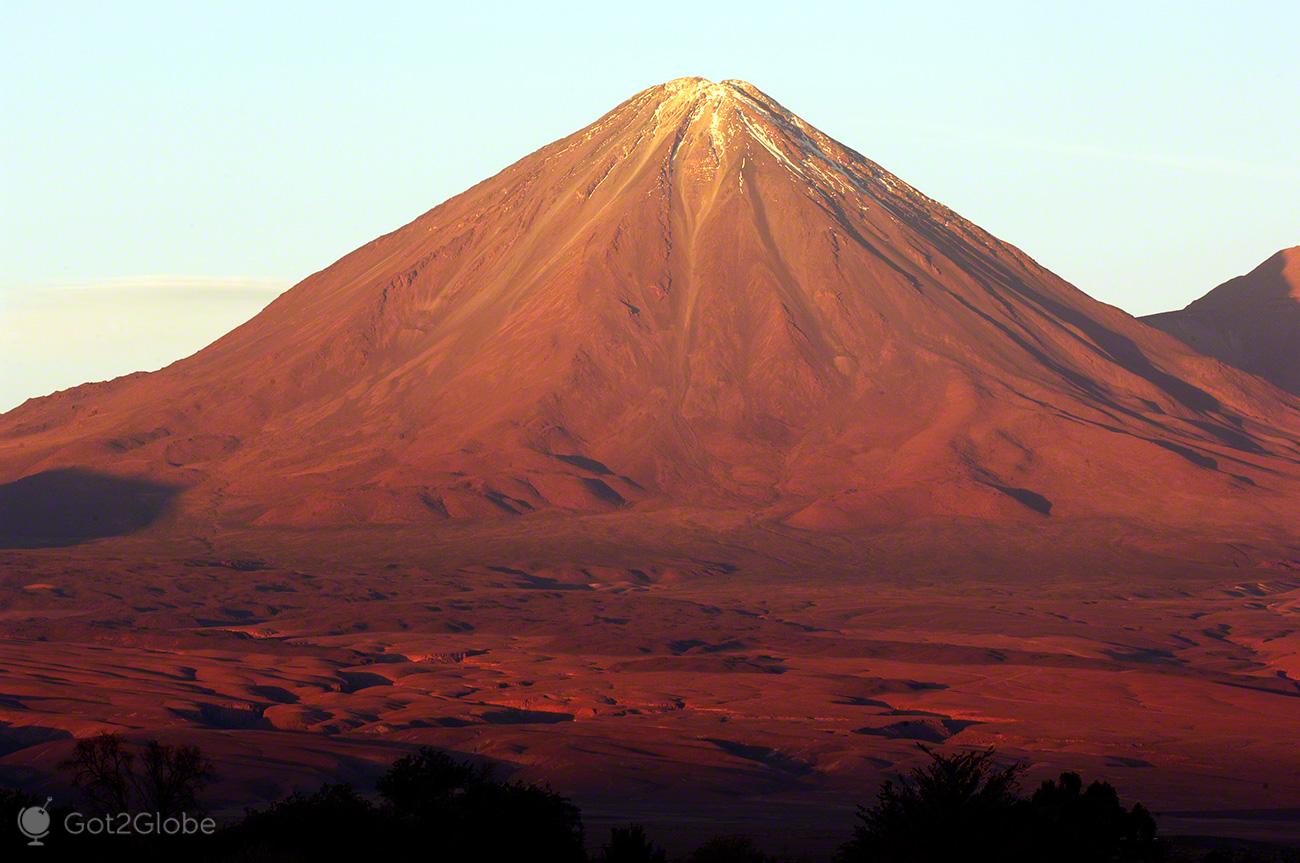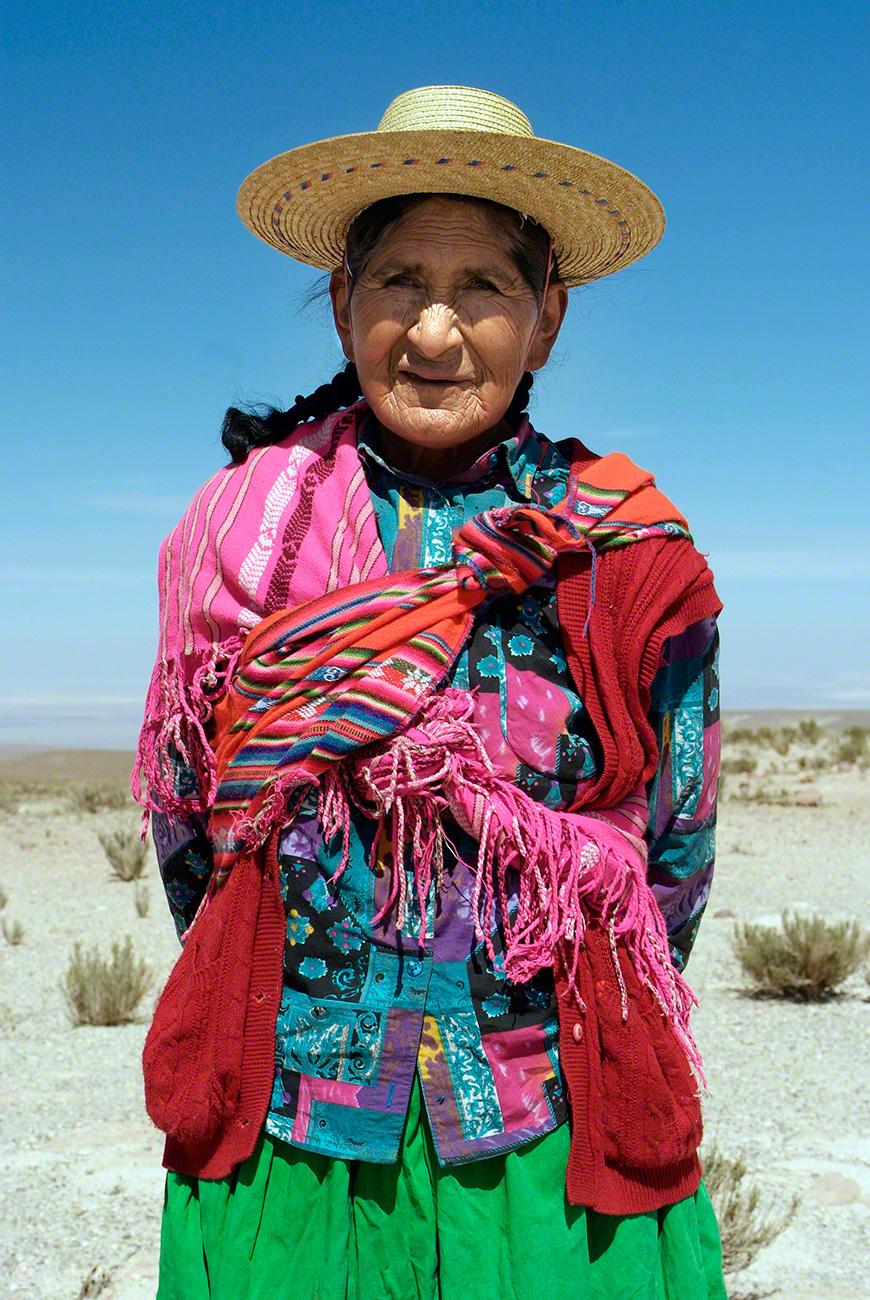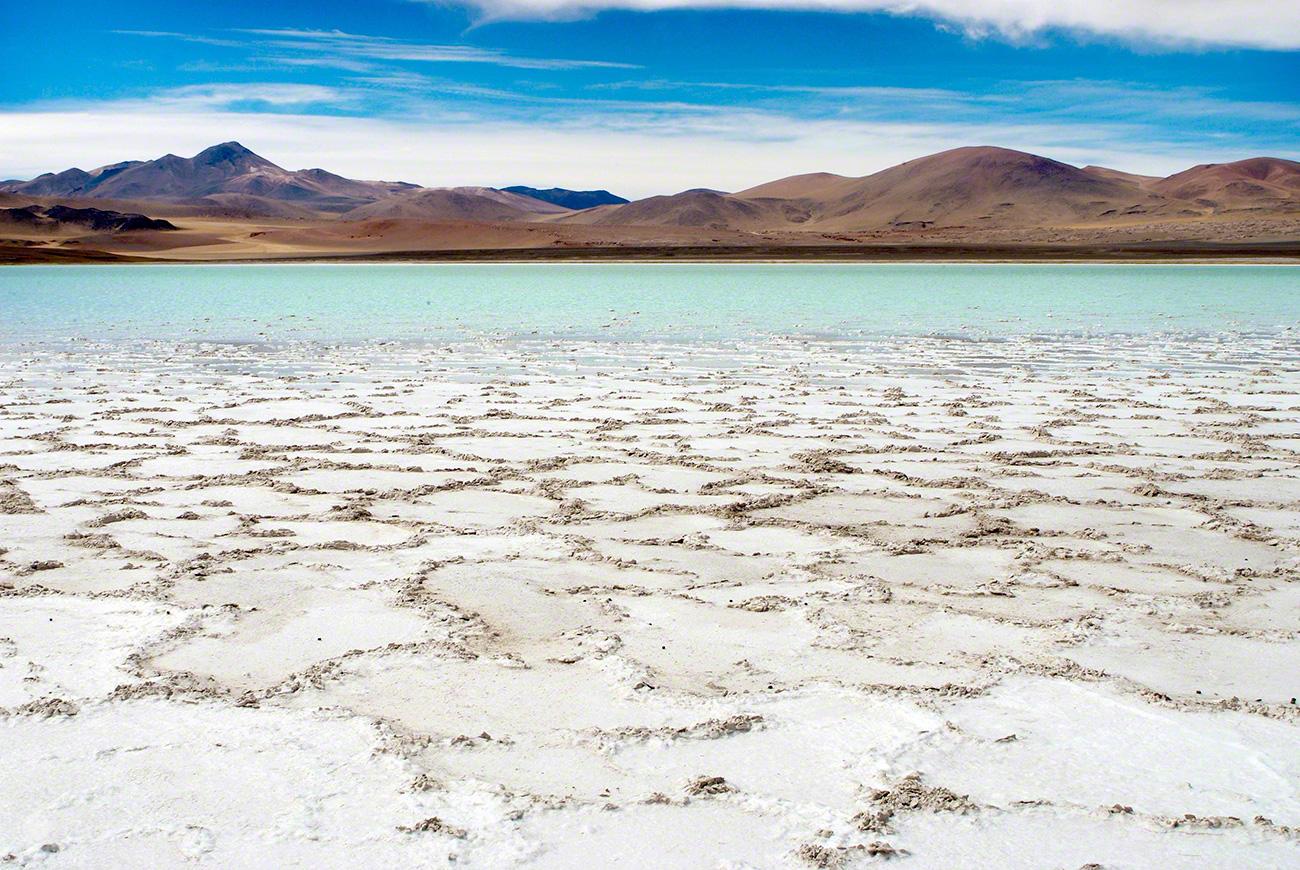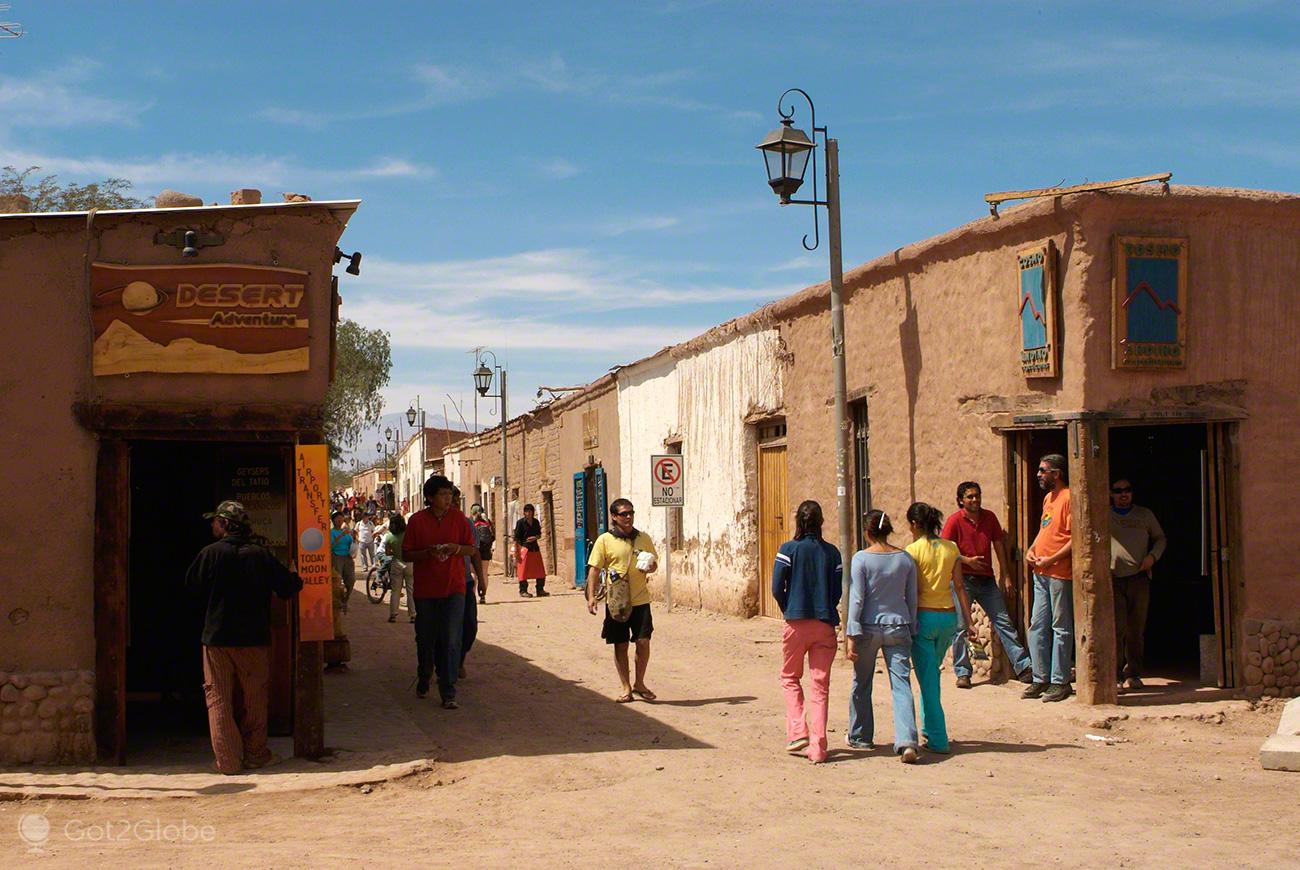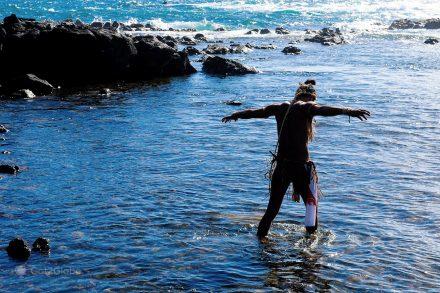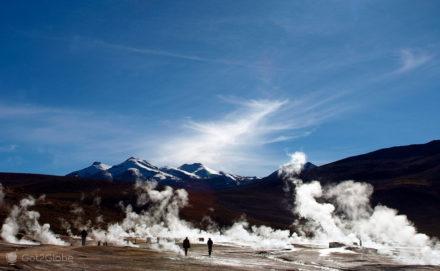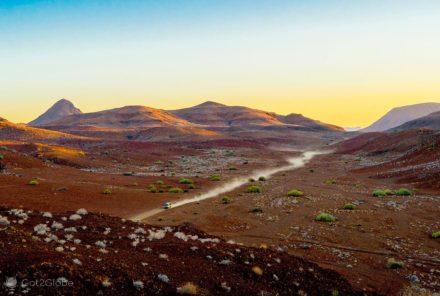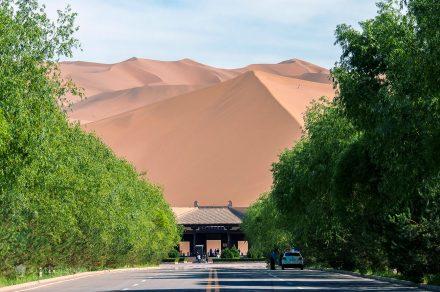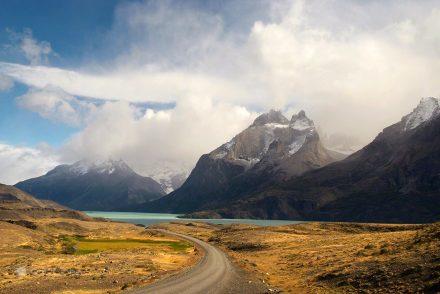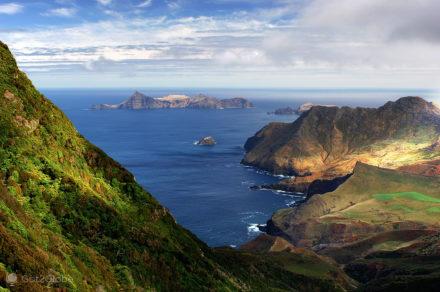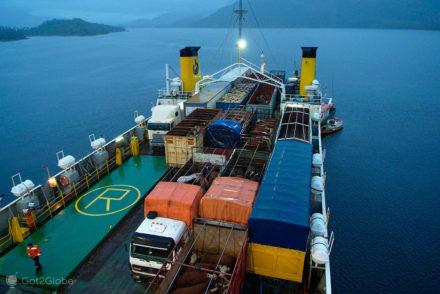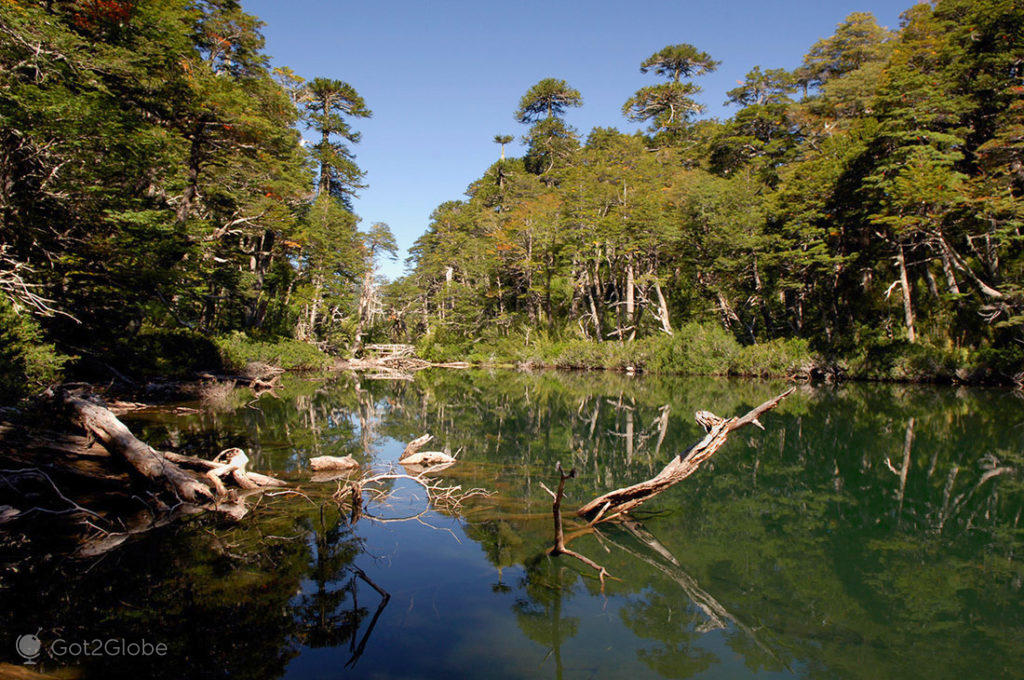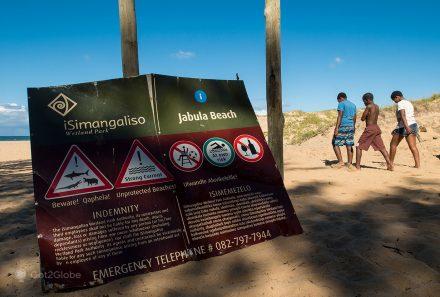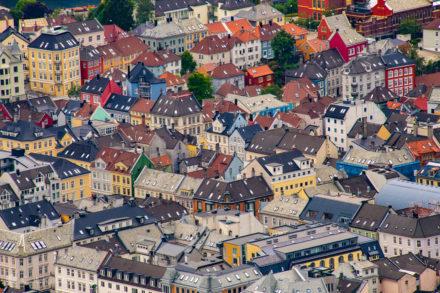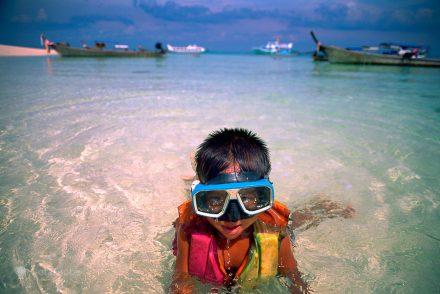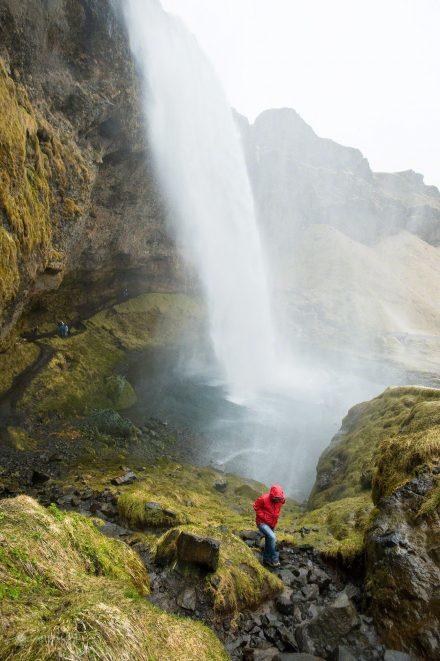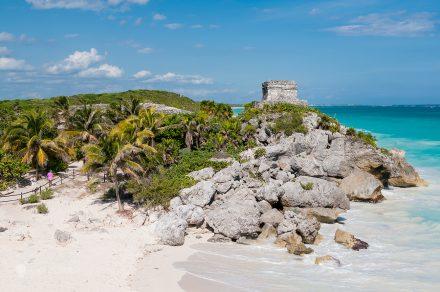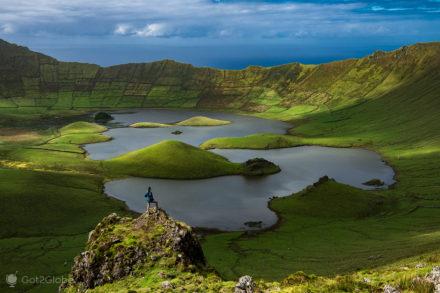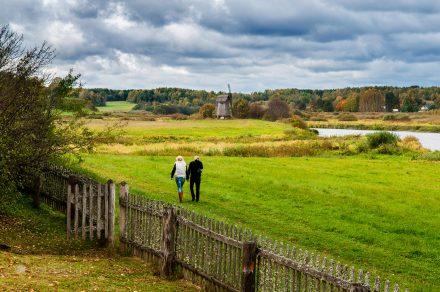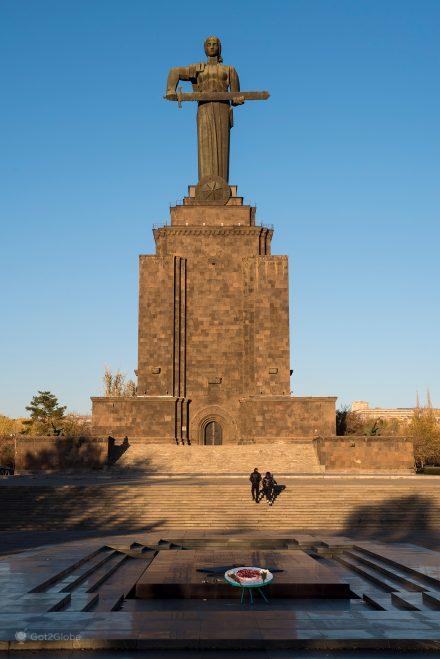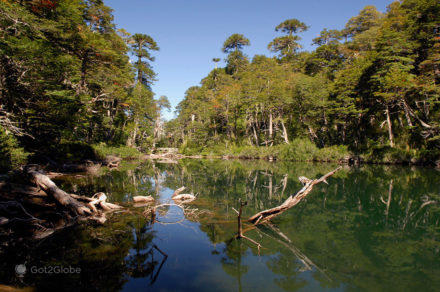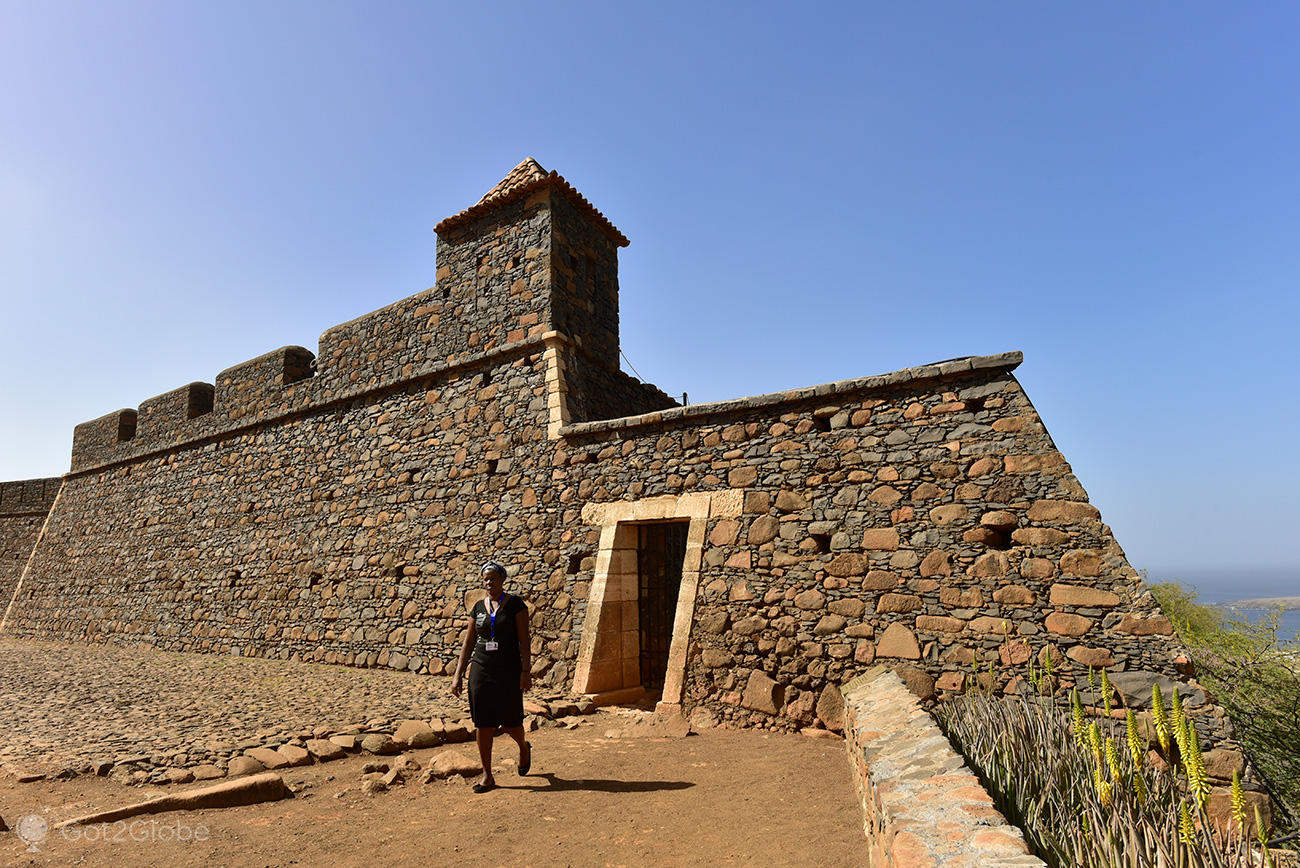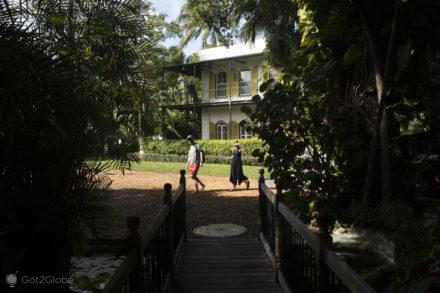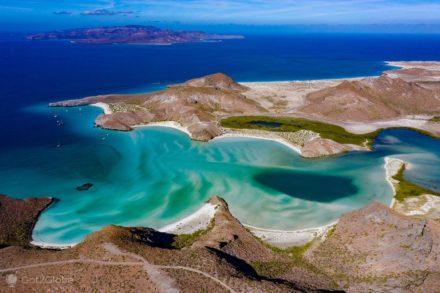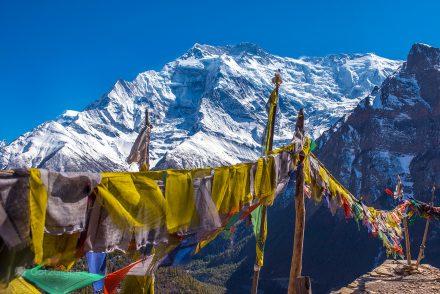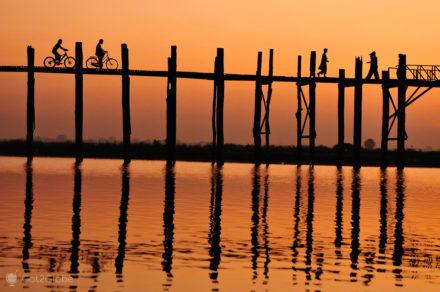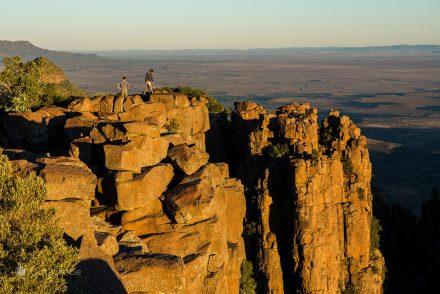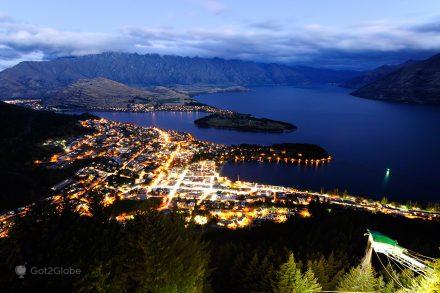No other country is so diverse from top to bottom.
In such a way that Chileans are amused to tell that, after having created most of South America, already fed up with the task, God took what was left - bits of desert, mountain, valley, glacier, rainforest - and created Chile, in a hurry, so that, at last, it can rest.
After exploring the PN Torres del Paine, the Chilean fjords of Patagonia in a freighter turned into cruise and having climbed to the top of the Villarica volcano, in the province of Araucania, it was time for a new radical change, in terms of area and landscape. Was still recovering from the hard Villarrica's rise we departed from Pucón.
As we approach Norte Grande, the region that stretches from the Peruvian border to the Chañaral is dominated by the Atacama Desert and the gray desolation there that, according to legend, God created there.
NASA and the Choice of the Only Lifeless Place on Earth. The Atacama
In 2003, an international team of scientists, mostly belonging to NASA and the American Carnegie Mellon University, moved from weapons and luggage to these parts.
In a short time, it started to Life in the Atacama, a thorough field research program aimed at perfecting new robotic vehicles for the astrobiological mission Spirit.
The first planet to host the Spirit and the rover namesake it was Mars, in January 2004. Seven months later, Chris McKay, a NASA geologist, justified the choice of the Atacama Desert to prepare the mission to a reporter: “You can go to Antarctica, the Arctic, any other the desert we've been in, take a sample of soil that will find bacteria… this is the only place in the Terra where we really crossed the threshold and found no life…”
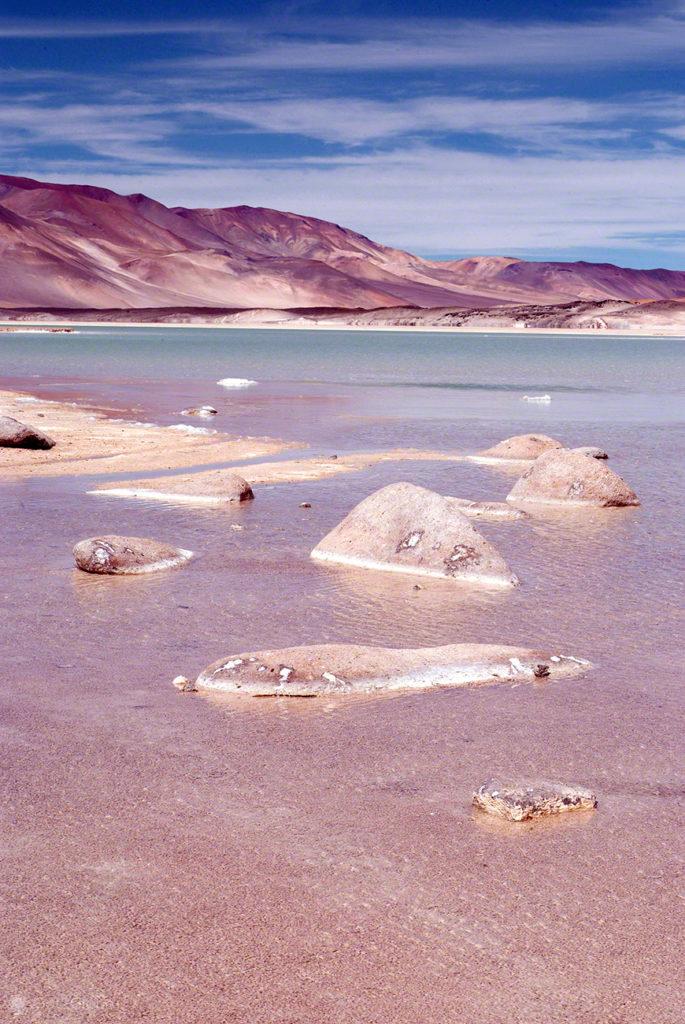
A sequence of salt plates in a reddish and very saline corner of Laguna Verde.
In visual terms, if there are sites comparable to what we know and imagine about the red planet, the Atacama Desert has to be one of them.
The adjective of its landscapes as extraterrestrials occurs all the time to those who visit it. Among so many scenarios worthy of other worlds, just think of the ocher tones of the Valleys of the Moon and Death to arrive at a Martian imaginary.
And the Prolific Life of the Atacama Desert
And despite the adverse conditions, more than a million people live in the Atacama Desert pockets. Thanks to its raw materials, the regions to which it belongs – El Norte Chico and El Norte Grande – were and are responsible for the surge and recent consolidation of the Chilean economy.
In the XNUMXth century, the first explorations of Chile's famous nitrate attracted thousands of workers, until the invention of artificial alternatives.
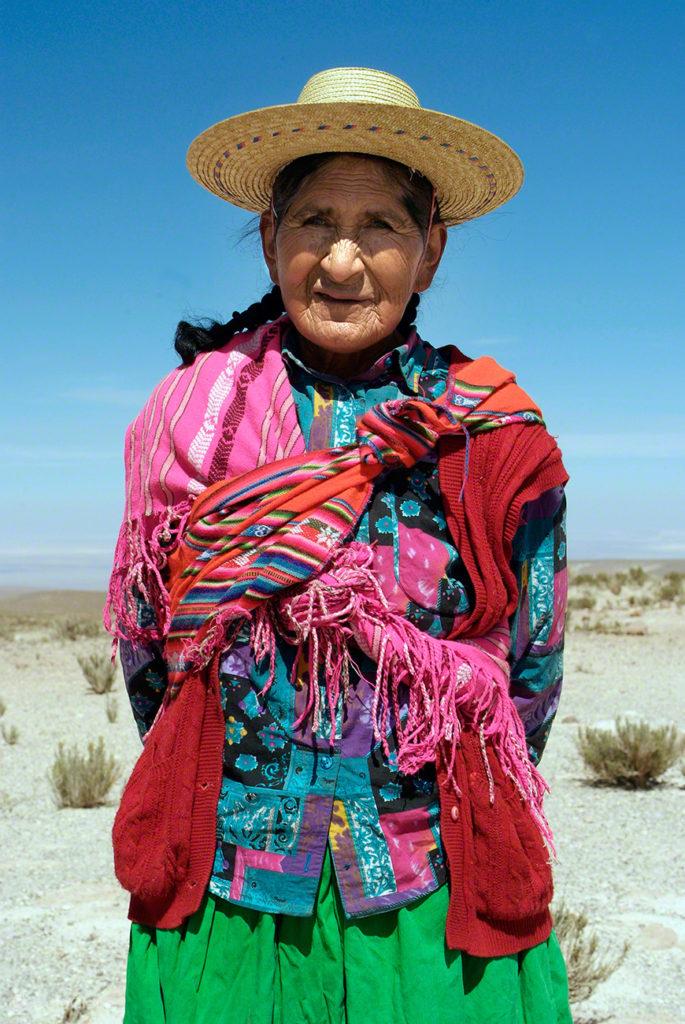
Atacama woman in colorful costumes typical of the region.
Today, nitrates have been replaced by the mining of copper, silver, gold and iron, which the Atacama Desert and its surroundings provide in abundance.
Unsurprisingly, improvised villages grew out of nowhere, giving rise to new infrastructure and opportunities. Among those that already existed: Arica, Iquique, Antofagasta and São Pedro de Atacama.
San Pedro evolved to exploit another highly profitable resource in Chile, tourism.
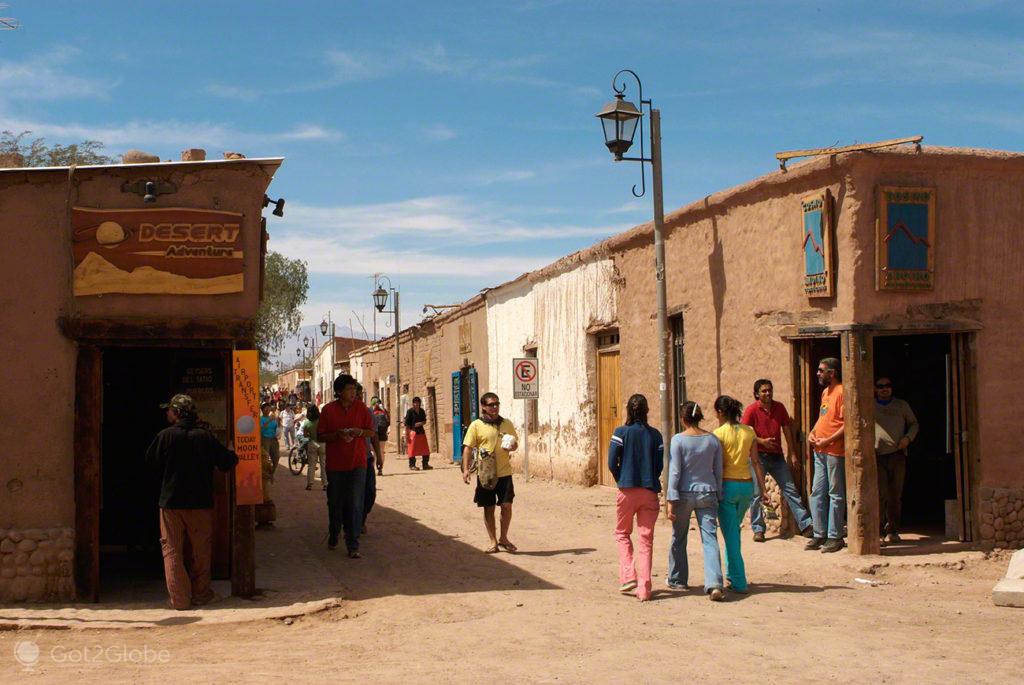
Residents and visitors meet on one of the pueblo's several adobe streets.
The Geological Eccentricity of the Atacama Desert
Extended for 1000 km, along southern Peru and northern Chile, the Atacama Desert has well-marked longitudinal boundaries. To the west, the Pacific Ocean; in the opposite direction, the Andes mountain range.
It extends over a narrow, gray and dusty coastal shelf. Soon, it rises until pampas, inhospitable plains that plunge into prehistoric river gorges covered with mineral sediments from the Andes.
The plains, in turn, give way to the Altiplano
In this pre-mountain range, countless salaries, salt ponds and geothermal fields that advertise hills and volcanoes snowy and imposing. These are the cases of Toco, Licancábur, Putana or Águas Calientes, almost all of them close to 6.000 meters in altitude.
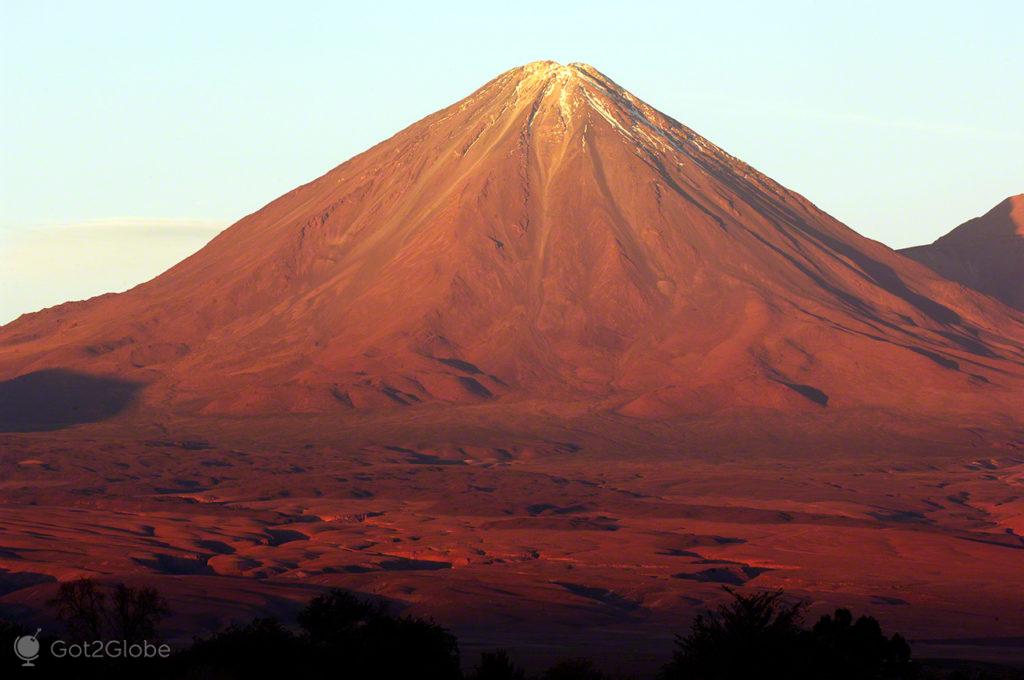
The reddish volcano of Licancabur, 5.916 meters of altitude.
On the other side of the mountainous horizon, the territory is Bolivian or, further south, Argentinean.
The central part of the Atacama Desert is considered the driest place on Earth.
There, in certain specific areas of “absolute desert”, it was never possible to register rain. In others, less central, rainfall is measured in millimeters per decade.
The meteorological and climatic context of this remote desert is as mysterious as it is easy to explain.
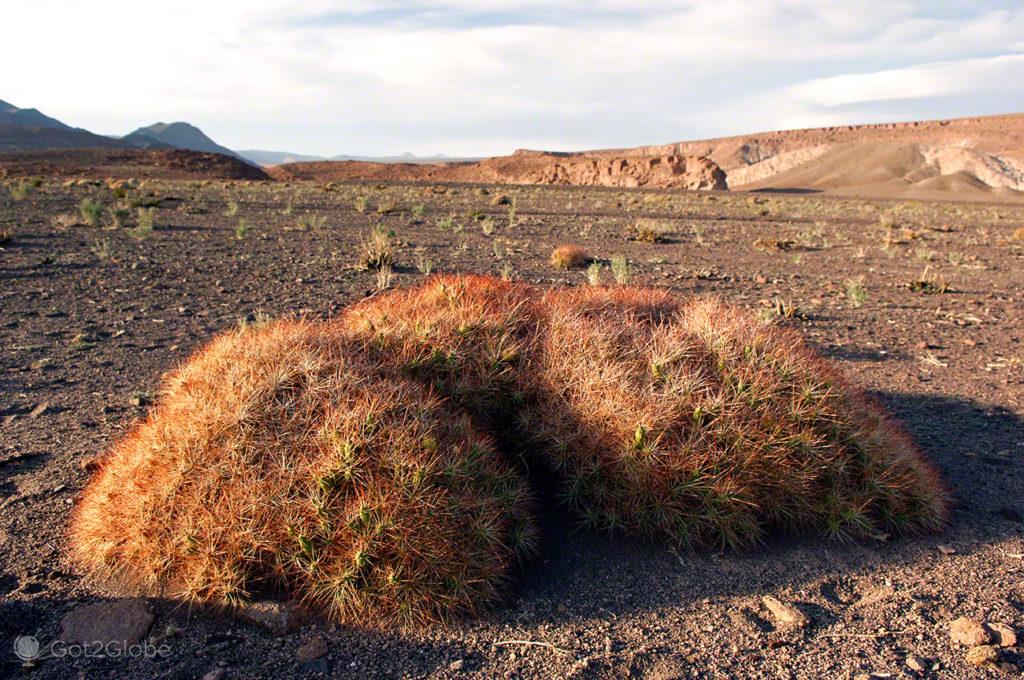
A thorny cactus juts out from the parched landscape of the Atacama Desert.
And the Climatic Constraints that Keep the Atacama Desert Arid
At these latitudes, the Humboldt Current, named after the Prussian naturalist Alexander von Humboldt, runs through South America. The upward current has contradictory effects.
Its waters, which come from Antarctica and the ocean floor, are as cold as they are nutritious, make it a Class 1 marine ecosystem (>300gC/m2-yr), the most productive in the world, from which about 20% of all comes from. the fish caught from the face of the Earth.
At the same time, the Humboldt current is responsible for cooling the air over the coastal zone of southern Peru and Chile. Feeds a high pressure core. And it blocks the formation and displacement to land of clouds favorable to precipitation.
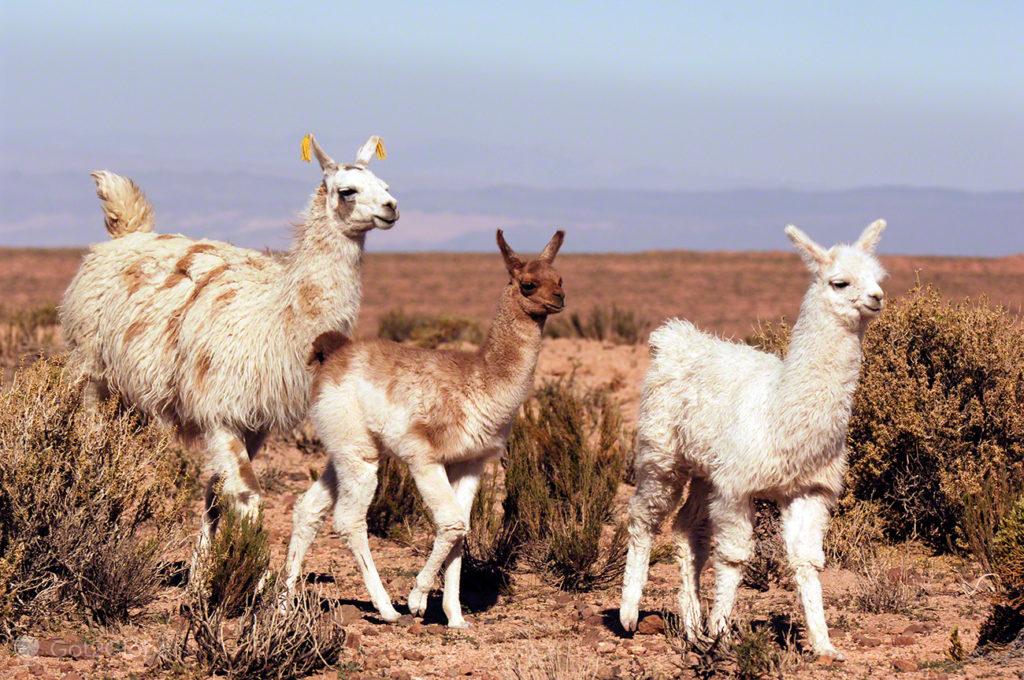
Vicuña and chicks roam a plain of the Andean altiplano, their natural habitat.
Along the coast, the camanchaca, a dense fog that reigns during the local winter, from June to October. A few kilometers further inland, Chile's coastal range halts the advance of the fog. From the Pacific, the Atacama Desert receives only dryness.
On the opposite side, the Andes mountain range prevents the passage of clouds laden with moisture from the east, from the basin of the Amazon and the rest of the interior of South America. The higher mountains capture this moisture, condense it and generate rain or snow, depending on the time of year.
Overhead and to the west, only a barren wind passes.
Water from the Andes: the thaw that gives life to the driest of the deserts
The miracle of life in the Atacama Desert is produced on high. When the tropical sun, poorly filtered by the fine atmosphere, melts the snow that crowns the Andean peaks, it fills the aquifers that form at the foot of the mountains.
This gives rise to an oasis. What blessed São Pedro de Atacama, for example.
To the south and west of San Pedro, the Los Flamencos National Reserve includes seven geographically independent sectors, each with its unique setting. The Salar de Atacama, in particular, gives us an unmistakable idea of the contrast that rules the desert.
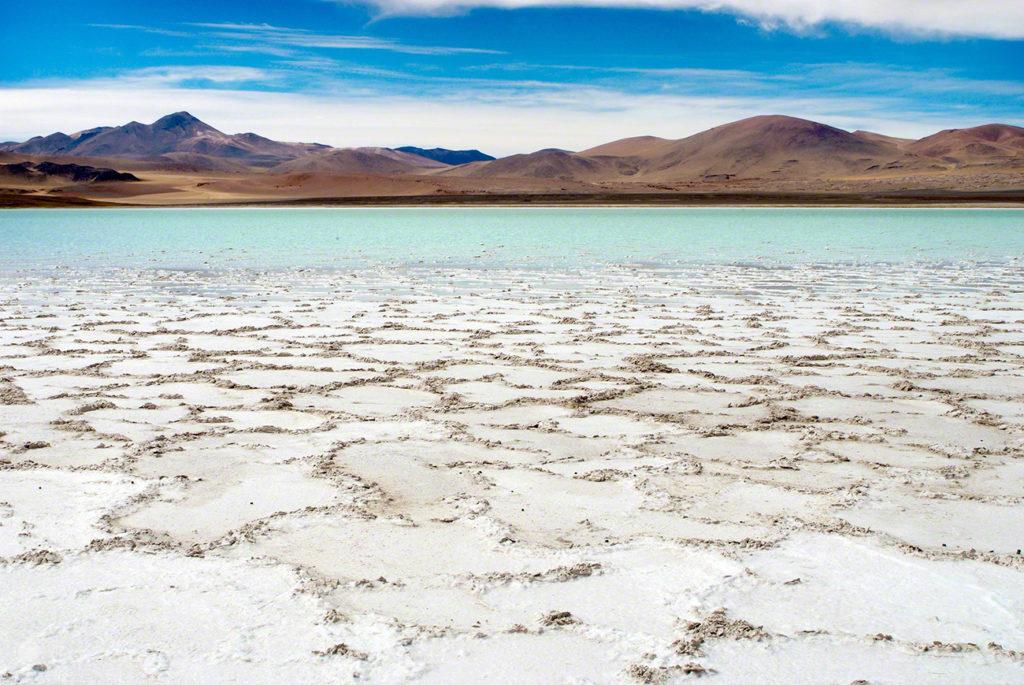
End of a salt flat located on an Andean plateau on the edge of the Atacama Desert.
When the endless white salt scene starts to seem like absolute desolation, we find Laguna Chaxa.
Nature surprises us again, this time, in the pink tones of the thousands of flamingos that occupy it.
At sunset, the Salar de Atacama there is resplendent with color. In addition to the permanent arrival of flamingos to the lagoon, to the west, the Andean horizon contrasts more than ever with the endless white of the salt.
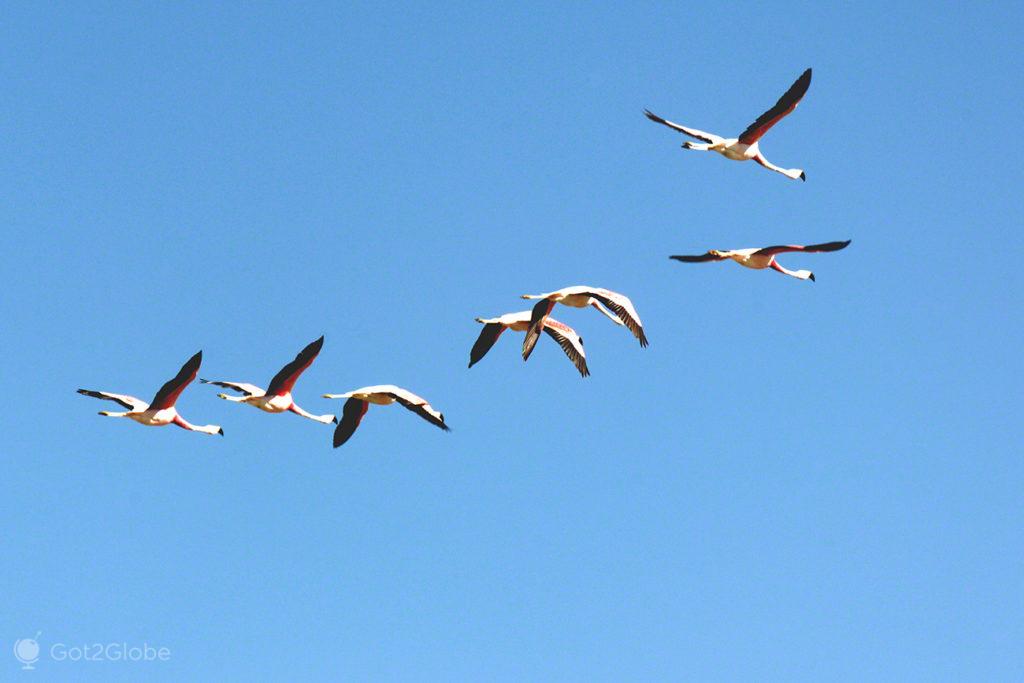
Flamingos fly over the Salar de Tara towards the imminent Argentine border.
For the shortest distance they are, the perfect and reddish cones of the Licancábur volcano and the Toco hill stand out from the horizon. If we turn our gaze to the south, we catch a glimpse of the mountain range stretching out of sight, a few hundred kilometers onwards, already Argentina.
We inspect the map. It is at these latitudes, above and below the Tropic of Capricorn, that the very thin Chile reaches its maximum width. This is due to an unlikely extension of the border to the west that incorporated a substantial part of the mountain range.
An Extraterrestrial Stronghold at the Limits of Life on Earth
When we explored this kind of geographic addendum, we found it dotted by salt flats and lakes in the Altiplano with Caribbean colored water.
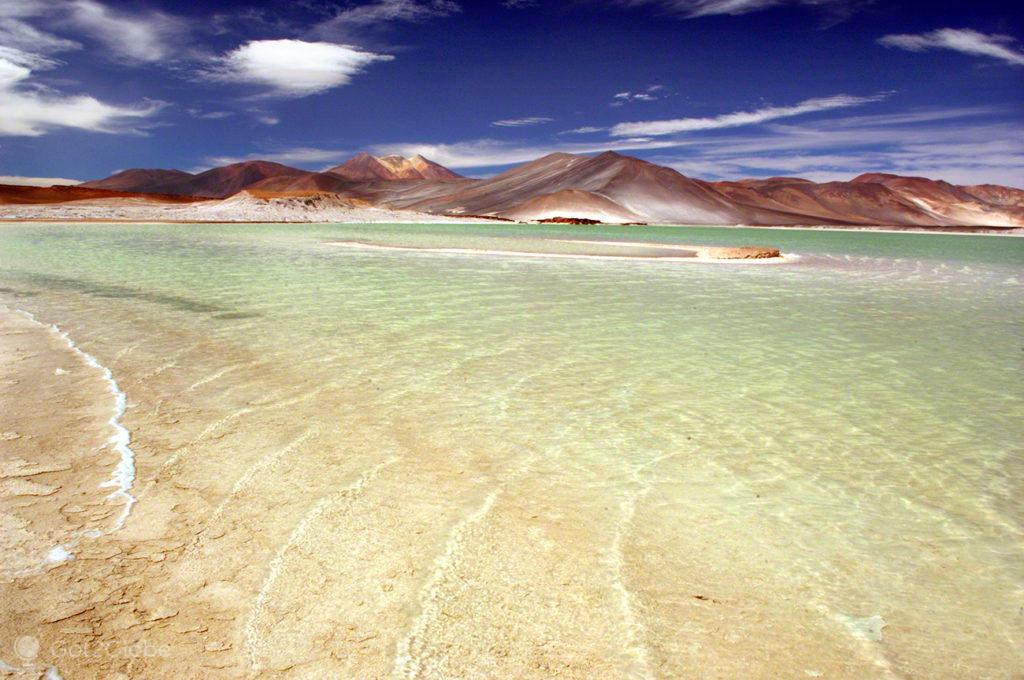
The idyllic setting of Lagoa Verde, located in the middle of the Andean altiplano, on the eastern edge of the Atacama Desert and called the Atacamenian Caribbean by native guides.
Leaving San Pedro de Atacama, we pass the fortress of Quitor. We are faced with the most displaced of the sectors of PN Los Flamencos.
Even aware that the South Americans use the term Vale da Lua to name any surface sculpted by torrents of water, wind and other erosive agents, when exploring that inhospitable vastness, we ended up admitting that the name does it justice.
60 million years ago, the Andes had completed its ascent to 6.000 meters and most of southern Chile was covered in glaciers. This region continued under the ocean. This submersion justifies the abundance of salt fields.
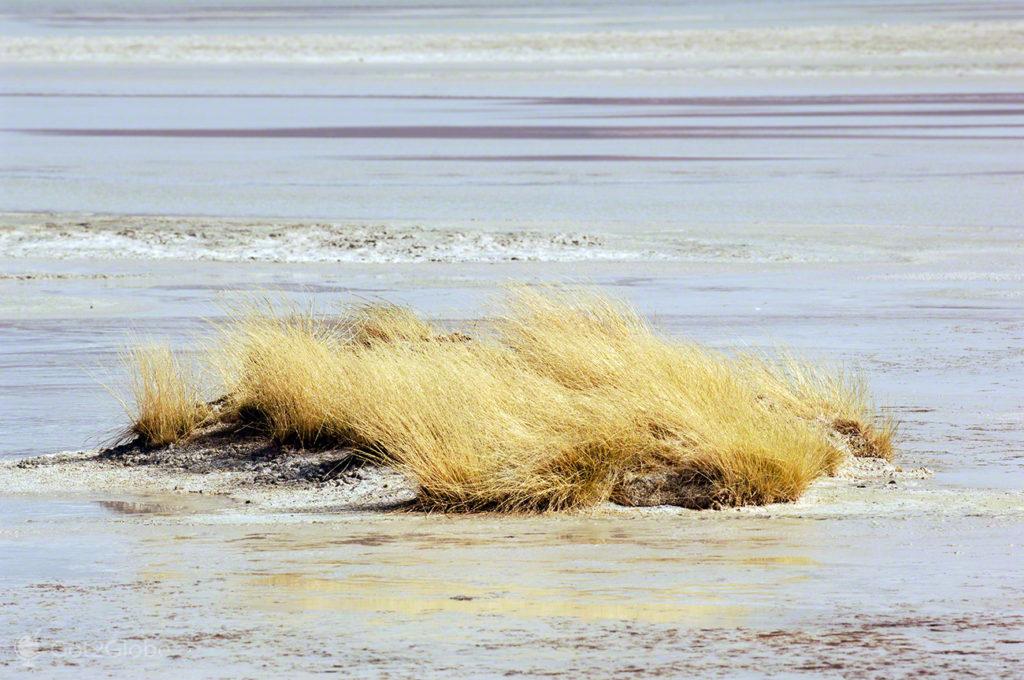
A cardon stands in the middle of a salt lake in the Andean Altiplano.
In a wide area of eccentric geology, there are cinnamon-colored dunes, ocher mountain miniatures in which the elements have carved sharp edges and endless little “steps”.
These elevations face tight canyons such as the Quebrada de Kachi. Or to windswept valleys, split by heat and aridity, here and there, awash in saltpeter.
In certain areas, the potassium nitrate cover becomes so dense that it seems more like a heavy snow has fallen there. The sun is scorching, the humidity touches zero.
We advance towards Panamericana and the Pacific.
We crossed the local Death Valley, far less scorching than the Death Valley on the California-Nevada border. This part of the Cordillera de Domeyko and also the Loa river, which has the effect of deceiving those who pass through it when the liquid illusion vanishes in the face of the merciless aridity of the landscape.

Mountain stands on the edge of a plain covered with cardones.
As we head deeper into the Atacama, the Andes are left behind. Fresh water proves to be an eternally postponed mirage. Without technological subterfuges, survival hangs by a thread. Death is eternalized. Such logic has surprising expressions.
When, in 1985, archaeologists found several hundred mummies along the Chilean coast, they found it difficult to believe in their state of preservation and in the objects that accompanied them.
Os tombs they had been under the sun of the Atacama Desert for more than half a millennium. During that time, extreme dryness canceled out the bacteria and prevented decomposition.
It preserved the spiritual legacy of a people who beat the odds and got used to paying the price of living on the edge.

